Let’s take a closer look at tennis string gauges. How does the thickness of the string influence the playability and characteristics?
Tennis string gauges usually vary from 1.05 mm to 1.41 mm. The most common range is in the middle, between 1.20-1.30 mm. Let’s look at the following table.
Tennis String Gauges and diameters
15 = 1.41 mm
15L = 1.35 mm
16 = 1.30 mm
17 = 1.25 mm
17L = 1.20 mm
18 = 1.10 mm
19 = 1.05 mm
Taking into account string materials like polyester, multifilament, gut, nylon, and kevlar. The shape of string: star-shaped, octagonal, hexagonal, twisted, rough. The color and brand and kind of hybrid setup we might use, we got ourselves as a staggering amount of string variables. I will try to tackle them one by one, but we are starting with gauge/thickness/diameter.
How does the string gauge affect playability?
It’s quite logical that the thicker the string, the more durable it is. If you’re not breaking strings regularly, you don’t need to play with 1.30 mm or above. A thicker gauge is more durable and controlled and a thinner gauge gives you a better feel, comfort, and bite on the ball.
Tennis Warehouse University offers an excellent string comparison tool where you can compare different factors of a string. If we put a couple of different gauges of strings there to compare stiffness, we find the following:
Babolat RPM Blast 1.30 vs 1.20
As you can see most factors are similar, but the stiffness is significantly lower for the thinner gauge, while the spin potential is greater. The tension loss is almost always higher for the stiffer string, so that is really not an important factor here, but it is quite clear what happens when you go for the thinner gauge of Babolat RPM Blast.
Let’s look at another example.
HEAD Hawk 1.30 vs 1.25
HEAD Hawk is another example of a stiffer poly. As you can see the stiffness is lower for the thinner gauge, but the spin potential is not. Why? I can’t really understand it, but it shows that not everything is clear cut when it comes to strings. The thicker gauge of the Hawk string offers better friction, which means that the strings move and snap back into play. This is what produces extra spin.
What about softer strings?
When it comes to nylon or multifilament strings, the differences in stiffness are generally smaller.
Wilson Sensation 1.30 vs 1.25
A few key takeaways here are that there is almost no difference in stiffness, power, and spin potential between the gauges. The spin potential of a nylon string vs polyester is also quite far apart, but there are even stronger examples that I will use a post about spin.
Before I leave the string comparisons, I wanted to add this one. Just look at the stiffness of natural gut compared to a polyester string.
Natural gut vs polyester string stiffness
Wow, right? No wonder that some players will get arm issues from using stiff polyesters. A nylon/multifilament string might land in the 140-150 lb/in stiffness range, while natural gut lands well below 100! And look at the energy return and the tension loss. You don’t get a more comfortable response than that. Many non-string breakers might actually want to string a full bed of gut and play with it until it breaks. Natural gut strings cost more, but you can see why in the table above.
But what about durability?
The key reason to go for a thicker gauge is control and durability. It depends on how hard you hit and how much you make the strings move. If you go for a thinner poly, the trade-off in durability isn’t huge unless you are blasting the ball like Rafa Nadal (Nadal uses 1.35 gauge RPM Blast). I’ve been using a 1.15 Luxilon Alu Power in a Babolat Pure Storm Tour GT and I have noticed no major difference in durability, but I am not breaking strings frequently. I think for most players, a thinner gauge, a hybrid or a generally softer string, will do more good than harm.
If you’re breaking strings frequently, durable strings like Luxilon 4G or Solinco Confidential are great options. Or you can just go with a thicker gauge of your current string. Keep in mind though that this will likely increase the stiffness of the string.
Summary
We have seen that thinner strings generally provide a more comfortable feel. The slight drop-off in durability shouldn’t be a huge thing for most players. You have also been able to see what happens when you compare a natural gut string to a polyester string. There is a reason that natural gut is still around despite a cumbersome and expensive manufacturing process that results in a higher price.
Like I said in my previous article, do you break strings? Take a long hard look at your game. What do you need from your setup? Maybe it is time to change your strings?
If you want to buy a new set of strings, check out our affiliates below. If you purchase anything from them through the links below, they will send a commission to Tennisnerd. Hopefully, this will help Tennisnerd stay alive for years to come.
- All Things Tennis – Get 5% off with the code TENNISNERD & a free string.
- Amazon – Worldwide shipping, buy more than just tennis gear.
- Racquet Depot – Europe
- Tennis Point – Europe
- Pro Direct Tennis – Europe
- Do It Tennis – US

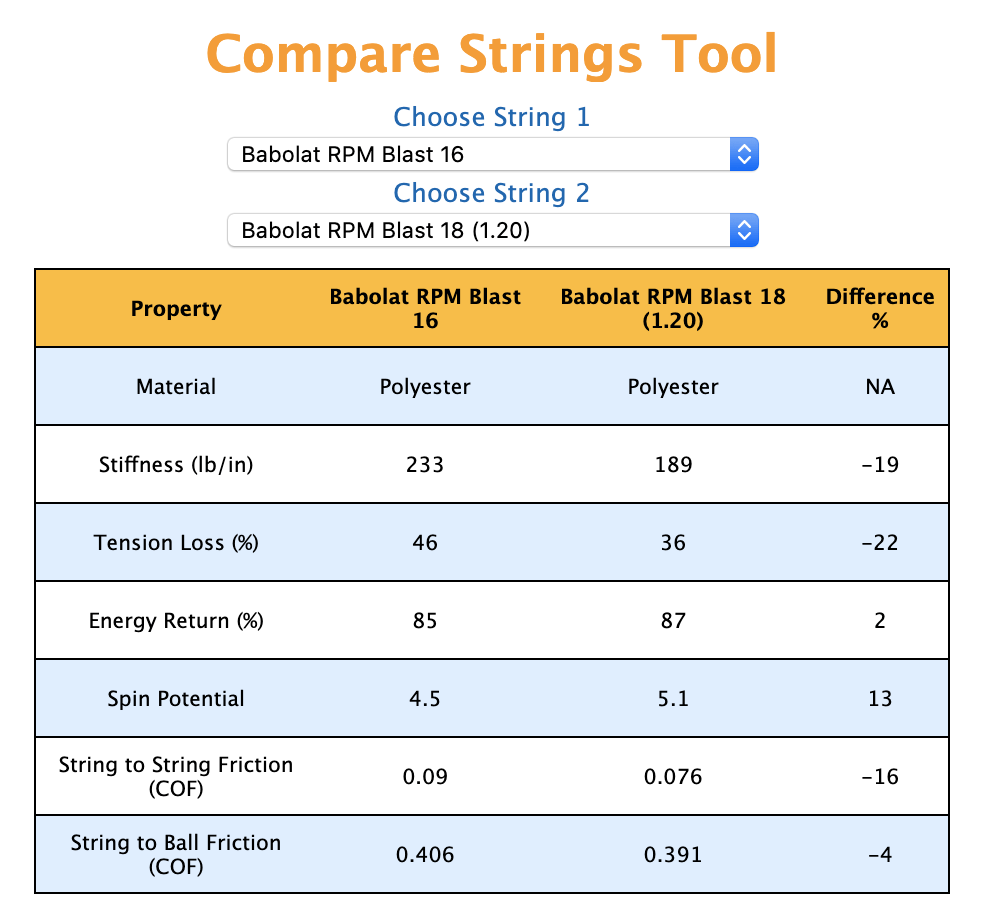
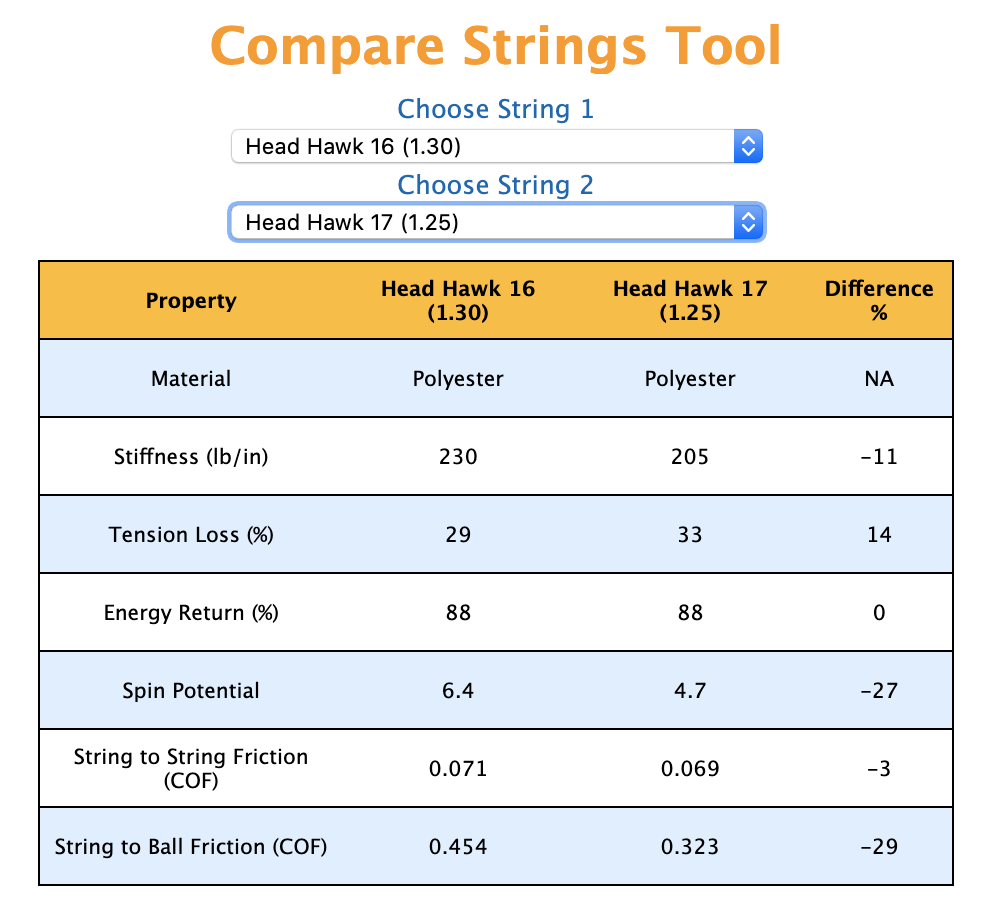
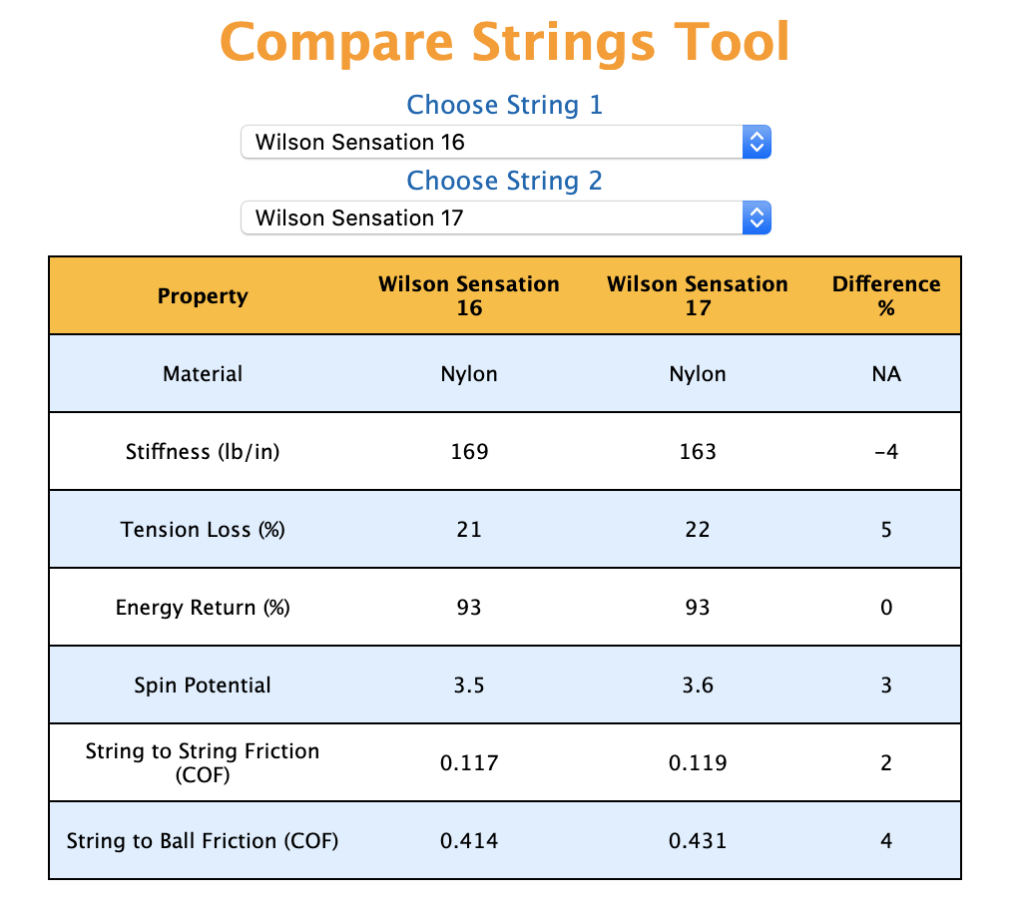
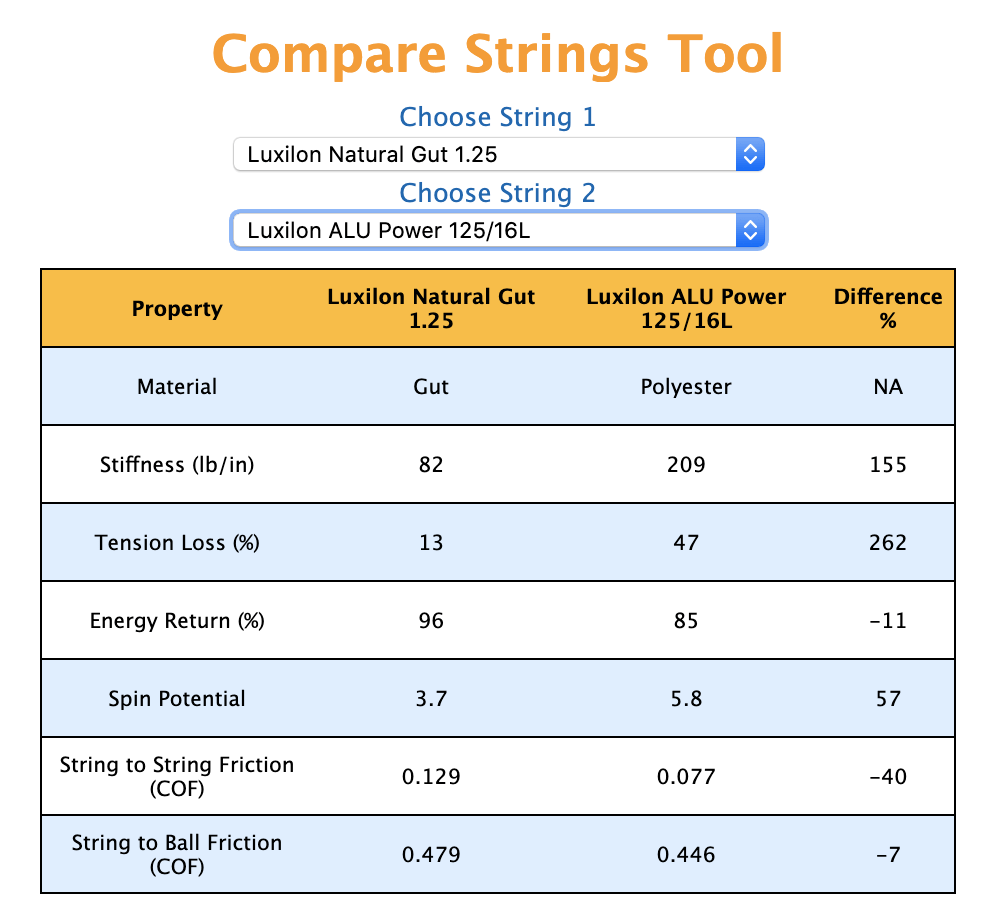





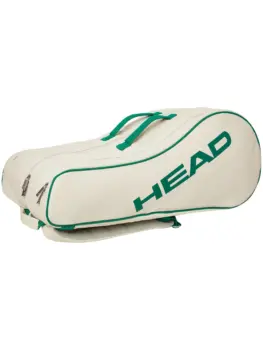



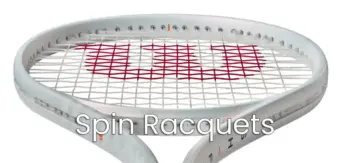





Great article
Hi,
I follow your content quite regularly and get quite a lot out of benefit and insights from it.
I’m wondering if you might be able to do a video explaining the pros and cons of doing a hybrid string setup using the same string at different tensions, and well as a hybrid setup with the same string but using different gauges?
Is there any benefit to doing this, or is it just a waste of time?..
I find it interesting that racquets are almost exclusively designed to work their best and at their correct design performance spec because they are designed to work best with very specific strings – usually from the same manufacturer. By using different strings you are changing the intended design and performance spec of the racquet.
I am a 5.0 player using the Solinco Whiteout 18×20 racquets. Amazing frames but ever so slightly overpowered for a players frame. Would likely play better with a 21mm beam and not 22mm. The stiffness is good for feel but the foam takes quite a lot of that away. I use a full bed of Tour Bite 17g at 52lbs (with a dampener) and find the bed is still giving too much power for me. Even though the recommended tension of the racquet is 45-50 lbs.
I’m considering going to a 16g string to try to help lower the power and increase the feel, which is a little counterintuitive because thinner strings tend to give more feel. I just don’t want the power and lack of string tension maintenance that results from using thinner gauges.
Keep up the amazing content!